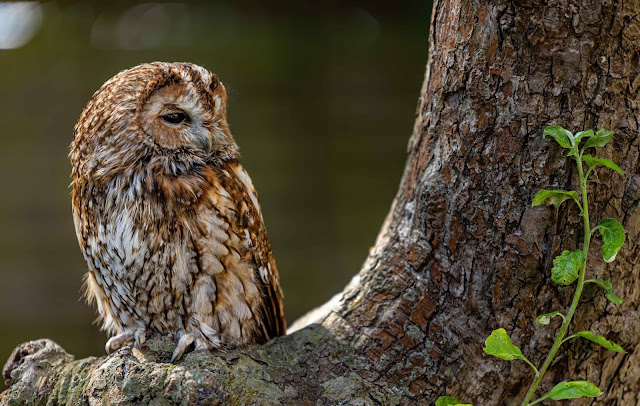The Future of Asa Wright Nature Centre

In a country slowly awakening to its need for a sustainable future, Asa Wright has stood for conservation and biodiversity for over 50 years. The National Protected Areas Systems Plan accepted in 2019 still has not been implemented. Asa Wright has held its acreage in conservation as a private holding deeded to a Trust. With the changes wrought by the pandemic, how will the ethos for conservation weather the storm? Faraaz Abdool wonders what the Asa Wright Nature Centre might become in ten years. At the end of the day, its saving grace are the creatures that don't give two hoots about what we think as long as they have a home. Photos by Faraaz Abdool. A Black Hawk-Eagle cruises in the Arima valley, as seen from the verandah at the Asa Wright Nature Centre. It is the largest bird of prey in T&T. The Asa Wright Nature Centre (AWNC) has been a beacon to nature lovers the world over for several decades. Visitors from all corners of the globe flocked to the wo...


